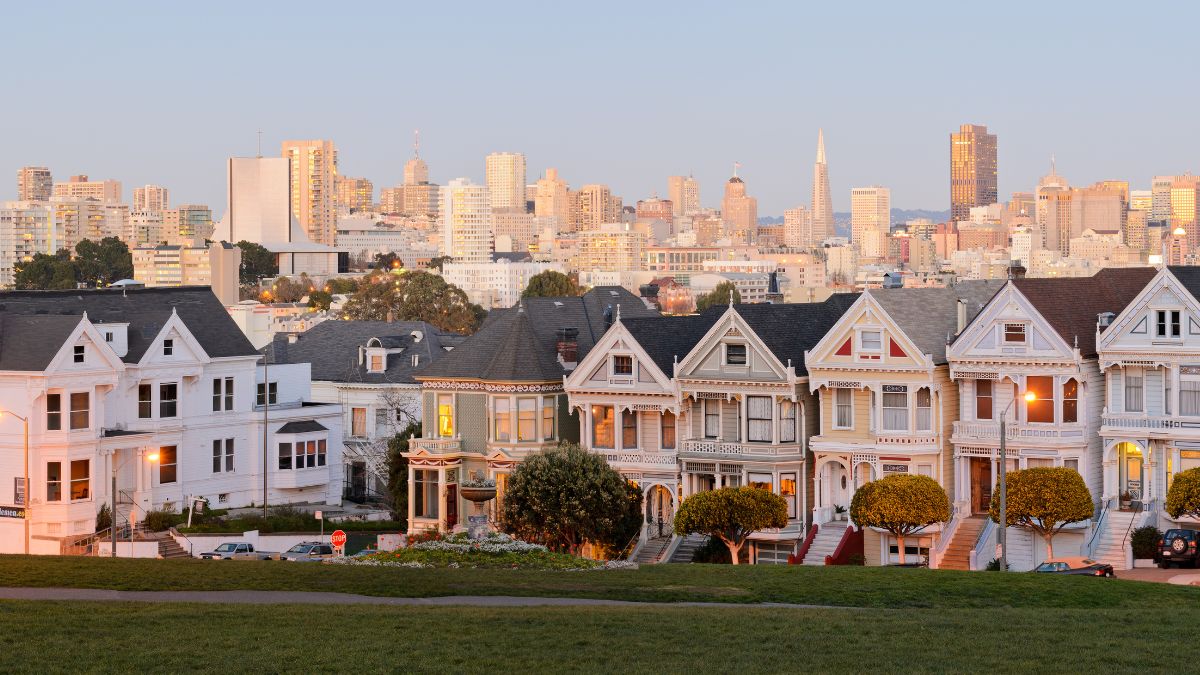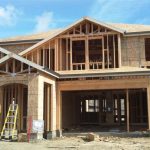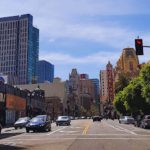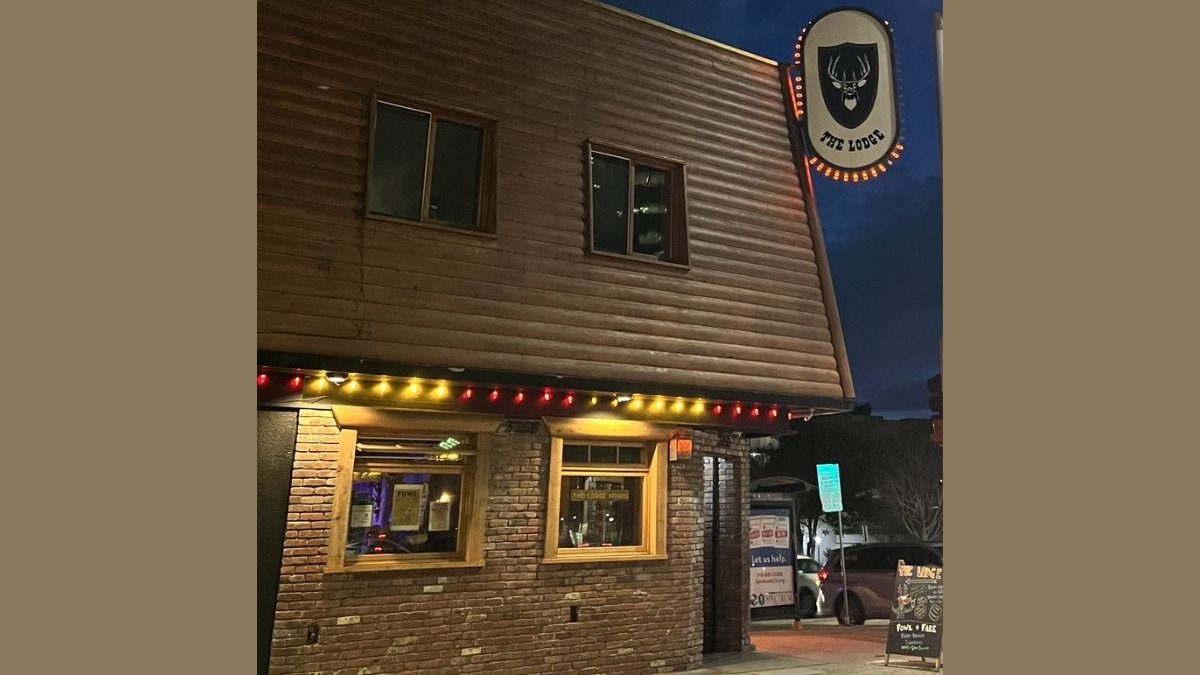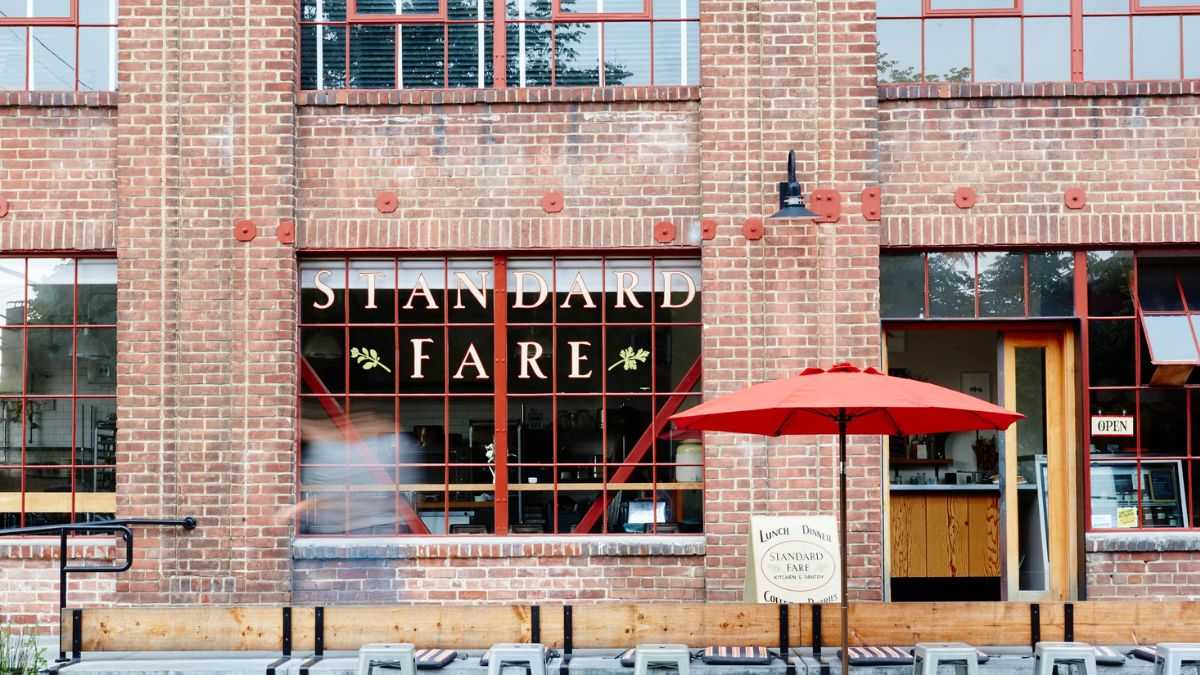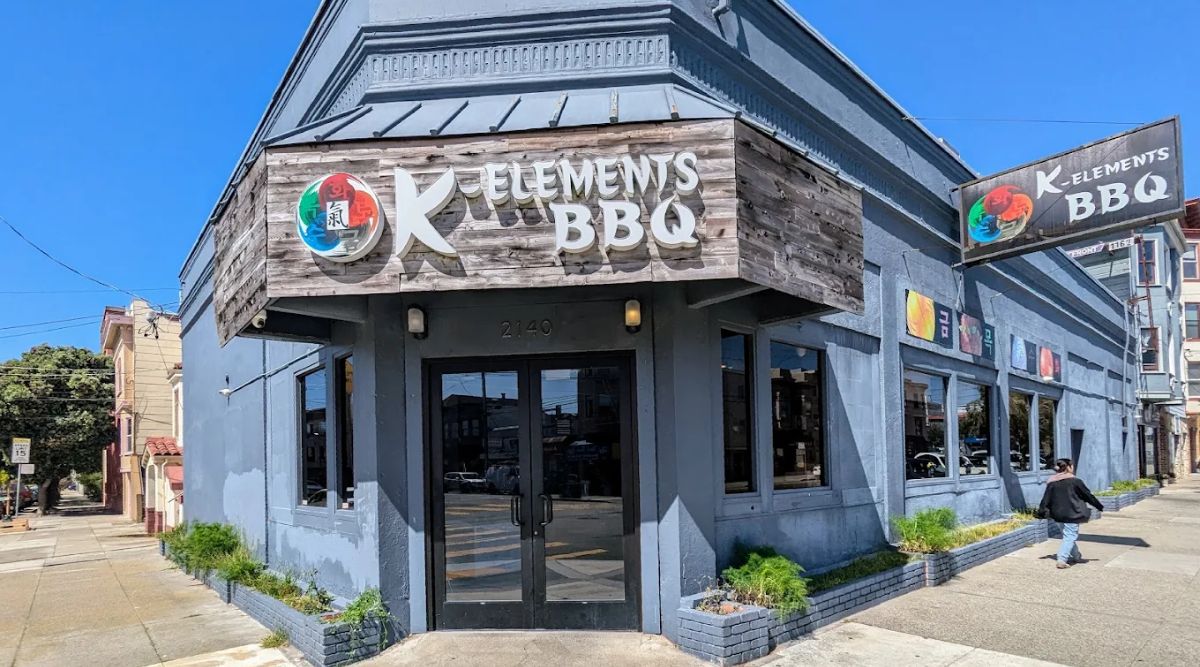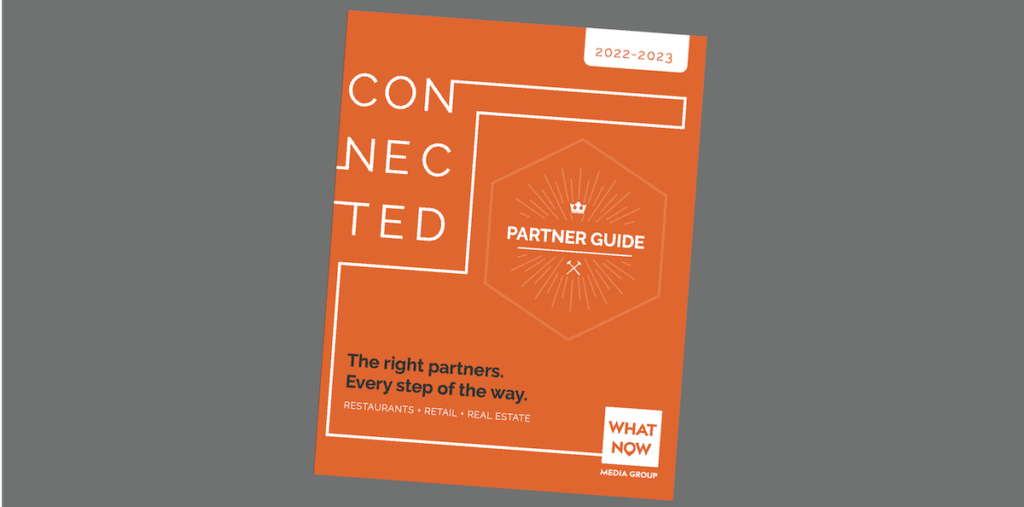While San Francisco’s real estate market has been suppressed by high interest rates for nearly five years, three ZIP codes on the west side of the city have bucked the trend and posted actual growth in home values since February 2020. These areas – the Sunset District and West Portal stand in stark contrast to the rest of the city, where most neighborhoods have witnessed significant value declines.
Highlights
- ZIP codes 94122, 94116, and 94127 experienced growth in home values of between 2% and 3% during the past five years.
- Central and eastern San Francisco experienced a decline in home values.
- Family-oriented amenities, housing types, and limited new construction on the west side have helped maintain property values.
West Side Neighborhoods Defy The Downward Trend
Home values in the 94122, 94116, and 94127 ZIPs have increased 2% to 3% in the last half decade, representing tens of thousands of dollars in added value. Modest as it might seem for the areas where home values commonly range from $1.5 million to $1.8 million, the growth is even more remarkable when compared to the declining real estate rates throughout the rest of San Francisco.
This resilience attests to a strong trend during the pandemic towards family-friendly amenities and housing types. Real estate professionals cite the scarcity of new construction within these western enclaves as a significant reason for maintaining property values. With comparatively fewer new homes constructed in recent decades, there is little pressure for sellers to drop their prices to compete with new listings.
A realtor with Kinoko Real Estate, Nini Gueco, says that several residents are attracted to the west side because it provides “a breath of fresh air” compared to the denser areas of the city. Its suburban nature and ease of urban living create a unique selling proposition enticing buyers even in challenging market conditions.
Growing Home Values Indicate Rising Demand
The Sunset District, specifically, has experienced modest long-term appreciation, with typical home prices approaching the 2% to 3% growth observed in the last five years.
Market Dynamics Behind the West Side’s Resilience
San Francisco’s eastern and central homes are typically less expensive, partially because of the concentration of condominiums with their related homeowners association fees and insurance costs. The west side is providing spacious houses for their price, comparatively flat streets for convenient walking with children, and a suburban ambiance with smaller buildings for a better view of open space than downtown houses.
Comparative Analysis With Nearby Neighborhoods
Unlike the west side’s growth, areas such as the 94109 ZIP code (including parts of Russian Hill and Lower Nob Hill) experienced less vigorous performance in comparison to the growth the Sunset District saw over the last couple of years.
Future Outlook for San Francisco’s Housing Market
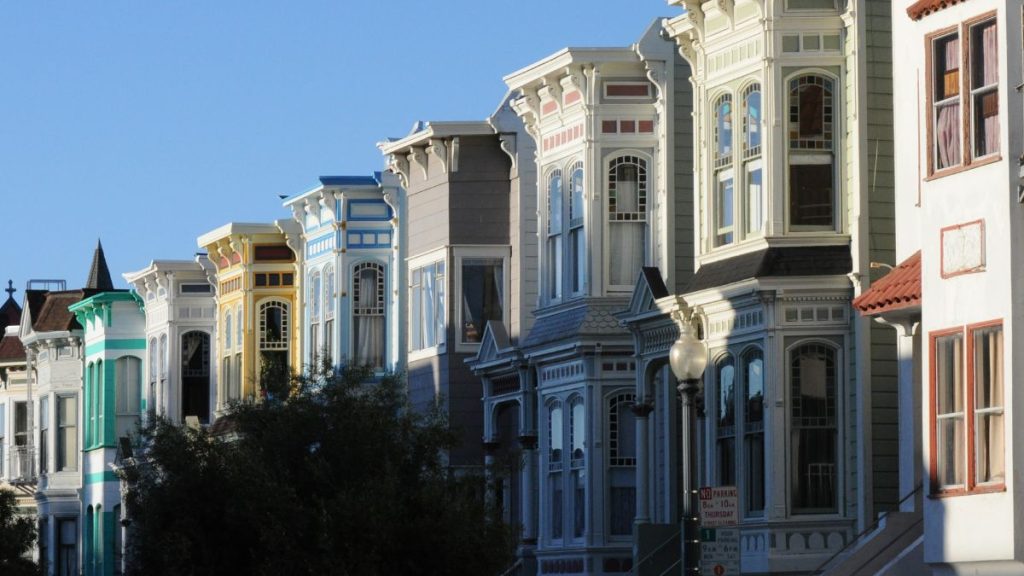
The west side market is no exception to overall economic trends, says Allison Fortini-Crawford, a Sotheby’s International Realty Realtor. Even these resilient neighborhoods could potentially retreat to their 2010s values if interest rates stay high and recession worries build. However, the long-term popularity of these neighborhoods indicates ongoing demand.
- Market Sensitivity to Economic Conditions
The west side tends to entice first-time buyers who are more sensitive to mortgage price fluctuations than long-time residents who have access to equity from previously owned homes.
- Buyer Demographics Shift Post-Pandemic
Buyers’ needs shifted dramatically through the pandemic towards quieter neighborhoods with bigger yards and better park access. Judson Gregory, a real estate agent with Compass, says that “A lot of buyers see the Sunset as the best of both worlds,” offering urban life and residential neighborhood charm.
San Francisco’s west side represents a special pocket of grit in an otherwise unpredictable housing market. Although the volume of offers on houses has decreased from “eight offers” to “two or three,” as Fortini-Crawford explains, the underlying appeal of those neighborhoods is still strong. As she simply puts it, “Rather than seeing maybe eight offers on a property, you see two or three. But all it takes is one.”

